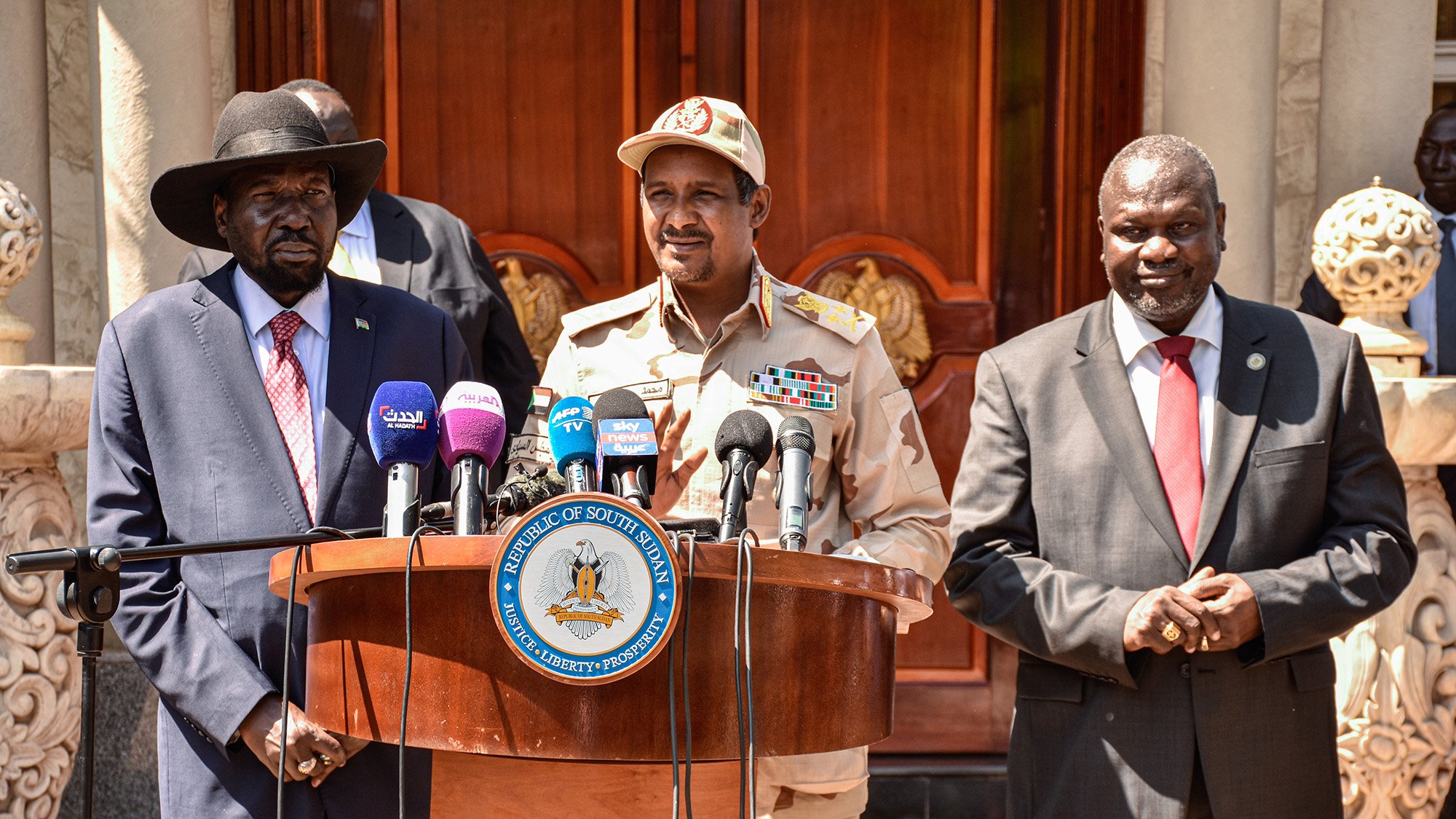


On top of that, Libyan head of state Muammar Ghaddafi also provided support for Arab groupings and Idriss Déby's Zaghawas against Hissène Habré's regime in Chad. Idriss Déby's takeover of power in Chad (Déby is also from the Zaghawa community) also influenced the balance of power in Darfur. Due to the droughts and increasing number of animal herds, the settled Fur, Zaghawa and Masaleit ethnic groups refused to let nomadic herders pass through their fields. The conflict escalated into open war in 2003. The fact that the conflict was only recognised and dealt with far too late can be put down to the common religious identity of Darfur's otherwise heterogeneous population. He explains the fragmented structure of the Sudanese state, and particularly of Darfur – the country's "Wild West” – cut off, never understood and reviled for many years. Sudanese IDP's (internally displaced people) in the over-crowded Asilef camp near Nyala, South Darfur Prunier describes how this relationship became politicised, developing over several decades even from before independence.


In his book on the war in Darfur, Prunier takes a very broad-based approach, showing the historical basis to Darfur's neglect and explaining how ethnic conflicts arise, often for profane reasons.Ĭonflict over resources and regional influencesīut the book does not simply provide an abstract historical discussion of the relationship between the political centre and periphery. He knows the country and its people inside out. Particularly through his work as a researcher at the Centre National des Recherches Scientifiques (CNRS) in Paris and Director of the French Centre for Ethiopian Studies in Addis Ababa, he has not only studied the region from afar, but also spends a great deal of his time there. He has studied Sudan, Rwanda and Ethiopia intensively for many years, writing a standard work on the Rwandan genocide in 1995. Gérard Prunier has a profound understanding of the region on the Horn of Africa. Thousands of refugees have fled from Sudan to Chad, adding a regional dimension to the conflict


 0 kommentar(er)
0 kommentar(er)
